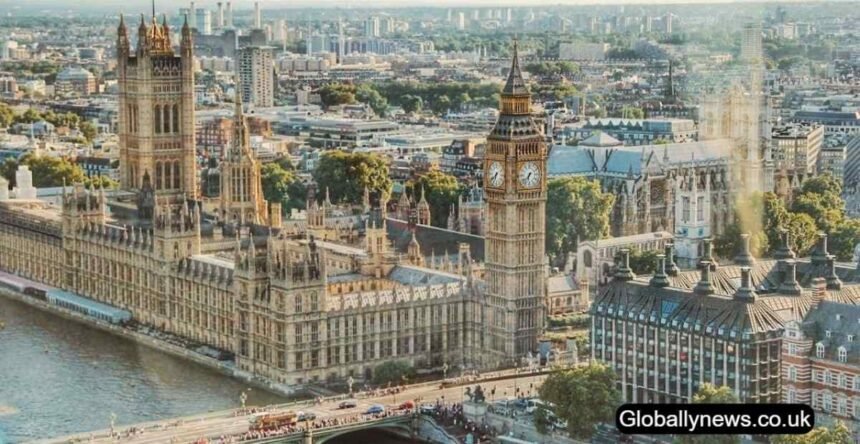Residential, commercial and industrial building projects call for site planning and design. These strategies guarantee project success by addressing environmental, social, and financial aspects and ensuring the site is used most effectively. A solid site plan will enhance the development’s sustainability, appearance, and operation. Site planning and design will be covered in this paper, together with the need for an integrated approach to long-term project objectives.
Understanding site context
Site planning and design depend on knowing the site context. This calls for evaluating topography, infrastructure, climate, and geography. By properly evaluating these factors, one may plan harmoniously with architecture and the surroundings. The building’s orientation must consider sun and wind patterns to save energy. Knowing the land’s topography lets one locate buildings quickly, reducing construction costs and earthworks. Precast dock leveller systems that improve operating efficiency and ease logistics will help industrial locations.
Land use efficiency maximisation
Still, another crucial site planning and design consideration is efficient land usage. The aim is to maximise land utilisation while balancing developed and open areas. This calls for planning a site that fits all necessary conveniences without crowding them. Mixed-use developments are effective land uses combining residential, commercial, and recreational areas. These complexes maximise land usage and foster community by offering different facilities close together. Planners must examine them to maximise site potential and follow zoning and building requirements. Roads, utilities, and buildings are strategically placed to enhance site use and attractiveness.
Implementing sustainable practices
Sustainability comes first in modern site planning and design. Eco-friendly projects take the front stage as environmental issues become more important. Sustainable site planning calls for green building, resource economy, and biodiversity. Including permeable pavements, rainwater collecting systems, and green rooftops helps reduce the construction’s environmental impact. Maintaining wetlands, water bodies, and vegetation increases the site’s biological value. Sustainable methods cut maintenance costs and energy consumption, thus benefiting the environment and the economy.
Accessibility and connectivity
Connectivity and accessibility are key to site planning. The arrangement should facilitate car and pedestrian access. This requires public transportation, pedestrian walkways, and efficient roadways. Product and service transportation is essential to commercial and industrial growth. Well-planned loading and unloading areas, ample parking, and innovative technologies like precast dock levellers simplify logistics. Access to public transport and highways helps urbanise the property. A well-connected site attracts customers and investors, growing the firm.
Balancing form and function
A good web layout strikes a balance between form and utility. Although site planning should prioritise land use and accessibility, visual appeal should also be considered. Aesthetics shapes placemaking and site identification. Public artwork, architecture, and careful planting can all help accomplish this. Aesthetics should not compromise site utility. A practical design should meet user demands and enhance the experience. Public areas should be pleasing and useful, giving chances for leisure, socialising, and relaxation.
You Might Also Like:
- Mastering the Digital Landscape: A Manufacturer’s Guide to Effective Digital Marketing Strategies
- Selling a Classic Car Online? Tips to Attract the Right Buyer
- About Thriftyevents.net: A Comprehensive Guide
Conclusion
A comprehensive strategy with sustainable methods and site context leads to successful site planning and design. Planners can construct eco-friendly, usable, and attractive developments by enhancing land use efficiency, ensuring accessibility, and balancing aesthetics and usefulness. Modern methods like precast dock levellers improve site efficiency and project performance. A well-planned site respects the environment, meets demands, and lasts.
Image attributed to Pexels.com
